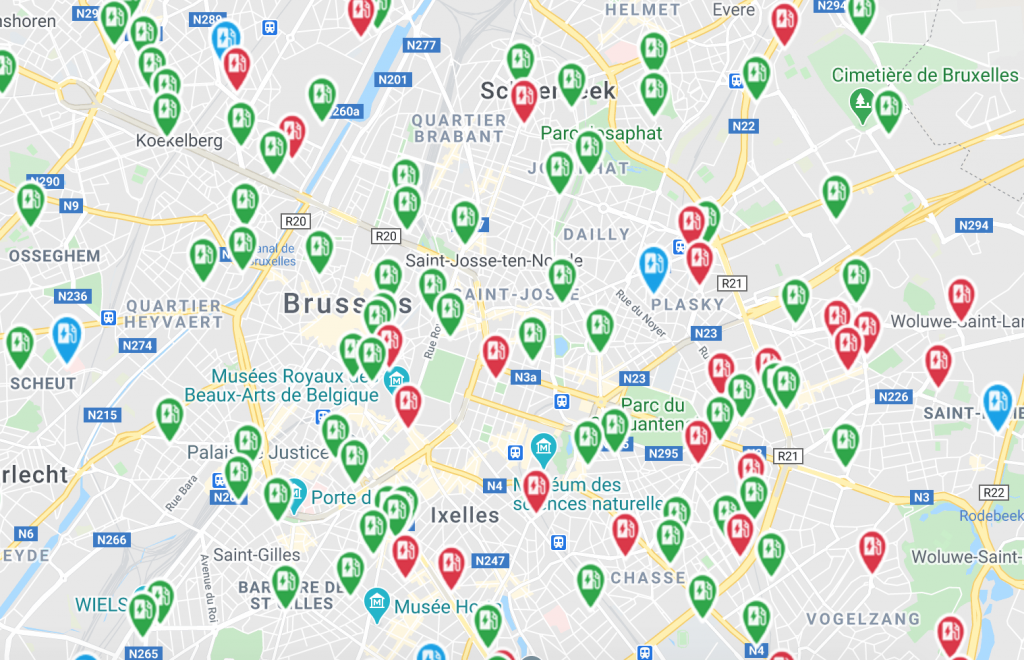A new publication from the European Alternative Fuels Observatory (EAFO) sets out latest EV sales and the extent of electric vehicle (EV) charging infrastructure in Europe.
The report tracks progress to meet the European Commission’s 2019 European Green Deal, which called for approximately 1 million public recharging points by 2025 to meet the expected volume of zero- and low-emission vehicles on EU roads.
On the electrification path: Europe’s progress towards clean transportation says 2020 was a breakthrough year for the electric passenger car market in most European markets. At the end of 2020, it reports, there were 2.24 million battery electric vehicles (BEVs) and plug-in hybrid electric vehicles (PHEVs) in the 27 EU Member States. By 2025, this is expected to rise to 13 million.
Overall, the electric vehicle share of the European fleet reached 11.0% in 2020, up from 3.6% in 2019. Norway kept its role as a frontrunner with 75% of all new passenger car registrations being a BEV or PHEV.
However EAFO found European electric passenger car sales and recharging infrastructure is not geographically evenly spread and is concentrated in just a few markets. Germany, Norway, UK, France, and the Netherlands had a combined 70% share of Europe’s electric passenger car fleet by the end of 2020. Germany, France, UK, Norway, and Sweden also led in new electric passenger car registrations, recording 70% of total BEV and PHEV registrations during 2020.
The Netherlands had the largest number of public recharging points, followed by France, Germany, UK, and Norway. These five markets covered 73% of public recharging points across Europe at the end of 2020.
The report says there is no “one-size-fits-all” solution for public recharging infrastructure. For example, in the Netherlands, urban residents often rely on kerbside public recharging and many municipalities provide public recharging points on request when an EV owner has no access to home or workplace recharging.
EAFO says, “there is no silver bullet for the deployment of the public recharging infrastructure network.” The report recommends the needs for a highly nuanced approach that accounts for local requirements and different framework conditions. Addressing consumer barriers of affordability, convenience and awareness are key to accelerating electric vehicle uptake, it concludes.





